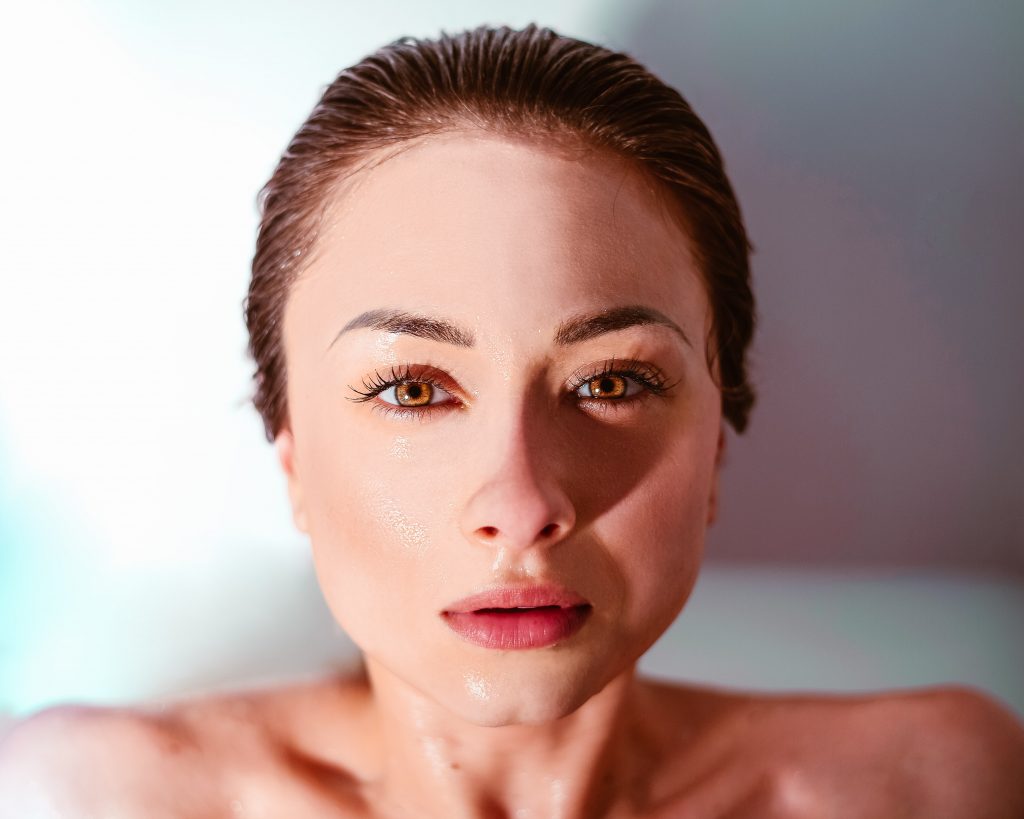Who doesn’t want clear, glowing skin? Dermaplaning has been heralded as the secret to amazing skin, backed by beauty lovers and dermatologists the world over.
Here’s everything you need to know about this skin treatment.
What is dermaplaning?
Dermaplaning is essentially a much closer, finer version of shaving your face. Using a 10-guage scalpel and light feather strokes at a 45 degree angle, a dermatologist or licensed medical aesthetician removes dead skin cells, dirt and hair from your face. A dermaplane razor has been specifically designed for the face, making it different to shaving your face with a regular razor.
The process should take about 20-30 minutes. Once finished, your aesthetician will apply a soothing gel like aloe to calm your skin, as well as sunscreen to protect your face from harmful UV rays.
This pain-free process acts as a means of exfoliation and also helps to brighten and de-congest your face, as well as leave it feeling baby soft. With the removal of dead skin cells and clearer pores, your skincare products will be absorbed much more effectively. Dermaplaning also encourages faster cell turnover, resulting in more collagen being produced and thus greater skin elasticity.
Those with sun damage, fine lines, dry patches, and dull skin will greatly benefit from dermaplaning.
Is it safe?
When done by a professional, this skin treatment is safe for all skin types. Because dermaplaning is performed with surgical scalpels, it is always advised that it should be at the hands of either a dermatologist or licenced medical aesthetician.
Of course, those with especially sensitive skin or inflamed acne may want to avoid this, as it could irritate the skin further.
This is a low-risk procedure, but there is a rare chance of infection or scarring.
And fear not. The believe that dermaplanning causes hairs to grow back darker and thicker are false.
What to expect:
Two weeks before the procedure, make sure to avoid any facial hair removal like threading and waxing. You should also discontinue any exfoliants that include AHAs, BHAs, enzymes, microbeads, and retinoids for 5-7 days as they can thin the skin.
Before beginning, your aesthetician will prep your skin with rubbing alcohol. Your aesthetician will then use their dermaplaning tool to remove the dead skin cells. Dermaplaning feels exactly like shaving any other body part, therefore does not hurt.
Once completed, your face may experience some slight redness. Be sure to give your skin a chance to breathe, and avoid applying makeup for the remainder of the day following your appointment. Dermatologists recommend applying a rich hyaluronic acid mask or moisturizing cream for extra hydration since your skin barrier will be more vulnerable.
Don’t forget sunscreen! You should also ideally avoid the sun for up to 48 hours after dermaplaning.
Feature image: Unsplash




















